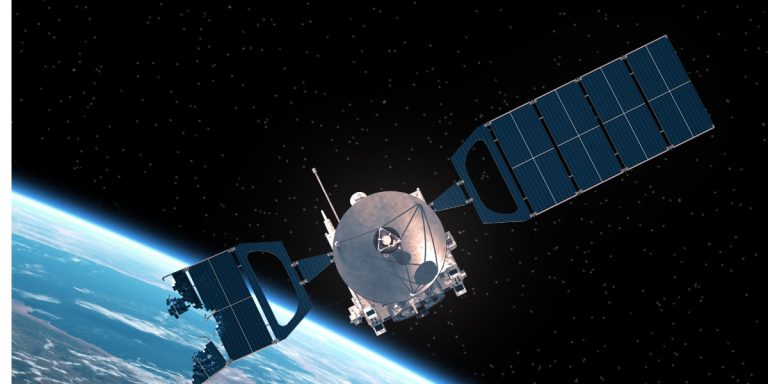Ensuring the Safe Disposal of Spacecraft: Lessons from the ERS-2 Satellite Reentry
The remnants of humanity’s exploration efforts in space can sometimes pose unexpected risks to life on Earth. These objects, like the European Space Agency’s (ESA) ERS-2 satellite, which recently reentered Earth’s atmosphere uncontrollably, serve as a reminder of the importance of responsible spacecraft disposal.
Understanding the ERS-2 Satellite Reentry
The ERS-2 satellite, launched in April 1995, was a pioneering mission in Earth observation, providing invaluable data for nearly 16 years. However, as its operational lifespan came to an end, ESA faced the challenge of safely disposing of the satellite to prevent it from becoming hazardous space debris.
- Deorbit Maneuvers: In 2011, ESA initiated deorbit maneuvers to bring the satellite back into Earth’s atmosphere in a controlled manner. These maneuvers aimed to lower the satellite’s altitude and reduce the risk of collision with other space objects.
- Passivation: To further mitigate risks, ESA undertook passivation measures to minimize the chances of fragmentation during reentry. This involved venting unused propellant and de-charging batteries to eliminate stored energy that could lead to explosions.
The Unforeseen Outcome
Despite meticulous planning, the reentry of ERS-2 on Feb. 21, 2024, did not go as intended. The satellite’s descent into Earth’s atmosphere was uncontrolled, raising concerns about the safety of such events.
- Delayed Reentry: The actual reentry occurred later than predicted, highlighting the inherent challenges in forecasting such events accurately.
- Surviving Debris: It is estimated that a portion of the satellite’s mass survived the fiery descent, potentially posing risks to populated areas and transportation routes.
Lessons Learned and Future Considerations
The ERS-2 satellite reentry serves as a wake-up call for the space industry, prompting a reassessment of disposal practices and regulatory frameworks.
- Controlled Reentries: Operators must prioritize controlled reentries for end-of-life spacecraft to minimize risks to human life and property. Directing satellites to reenter over uninhabited areas reduces the likelihood of accidents and mitigates potential damage.
- Regulatory Evolution: Current regulations, such as the 25-year rule for satellite disposal, may need to evolve to address the growing threat of space debris. Stricter guidelines and enforcement mechanisms can ensure that operators adhere to responsible disposal practices.
- Data Collection Opportunities: Controlled reentries provide valuable opportunities for data collection on atmospheric effects and debris behavior. Collaborative efforts between space agencies and research institutions can enhance our understanding of these phenomena and inform future mitigation strategies.
Conclusion
The uncontrolled reentry of the ERS-2 satellite underscores the need for proactive measures to safeguard our planet from the hazards of space debris. By prioritizing responsible disposal practices and embracing regulatory reforms, the space industry can uphold its commitment to exploration while ensuring the safety and sustainability of space activities.
HASHTAGS:
#SpaceDebris #SatelliteSafety #SpaceExploration #SpaceRegulations #SpacePolicy #ESA #ERS2 #SpaceResearch #EnvironmentalImpact #SpaceSafety

